Samsung Gear Fit 2 fitness band Review

Introduction
Whether because it's part of its corporate DNA, or simply the result of lessons learned, Samsung has consistently done its best to hedge its bets. When smartwatches first became a thing, the company was quick to market with the Galaxy Gear. And when VR started trending up, Samsung was again at the forefront, offering its own vision, and quickly forging strategic alliances.
Fitness trackers are no exception, and this is no news in the context of Samsung's product portfolio. The first proper, standalone gadget for the maker was the original Gear Fit, featuring a curved display, lending it a rather Sci-Fi look.
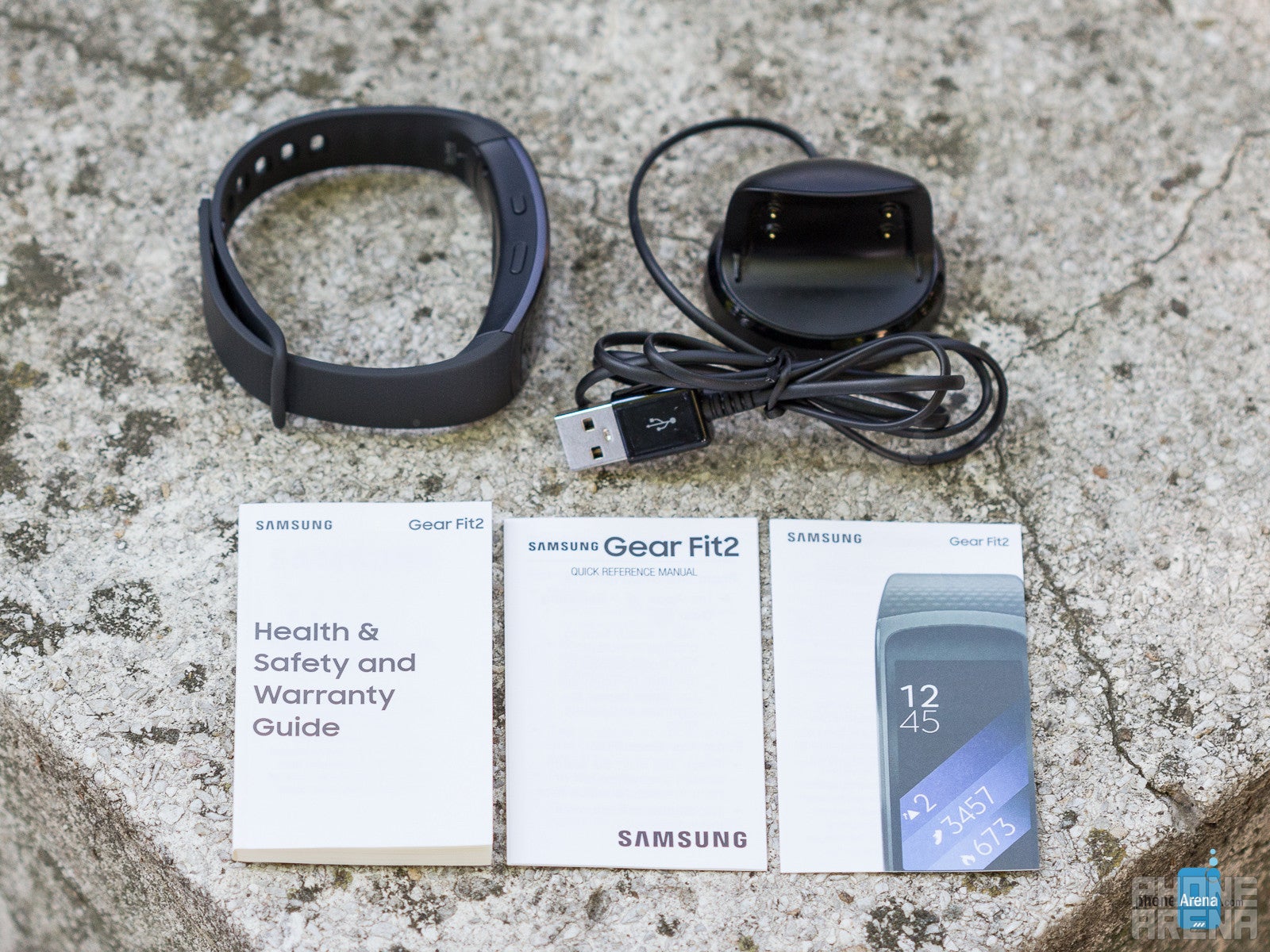
Let's see if they did.
In the box:
- Gear Fit 2
- Charging stand with USB plug
Design, weight, and fit
If you need an example of changing fashion—even in tech—then the Samsung Gear Fit 2 is the perfect one. Featuring a curved display and a sporty, rubbery band, our unit feels decidedly more mundane in today's climate compared to its predecessor, which felt wonderfully geeky. The aura of nerdy mysticism having worn off, the Fit 2 actually comes across as a far more conventional, purposeful gadget.
It doesn't all have to do with our changing understanding of wearable design, however, for Samsung has made the good decision to downsize the display—from 1.84 inches to 1.5 inches with the Fit 2. It's still the centerpiece, but it's now less pronounced and conspicuous.
Other improvements include a less busy back, whose integrated heart rate sensor is now flat instead of protruding, helping with the fit. The included band is also pretty decent in terms of feel, and comes in two sizes depending on your needs. Obviously, expect it to get awfully sweaty when exercising, but you needn't worry about damage to it—the whole thing is water-resistant, and we've had no issues washing our hands with it on. In fact, it's real easy to forget you have the wristband on since it's so lightweight.
In all, kudos to Samsung. The Gear Fit 2 feels and looks great, and its sporty design DNA ought to resonate well with buyers into their regimen.
Display and outdoor visibility
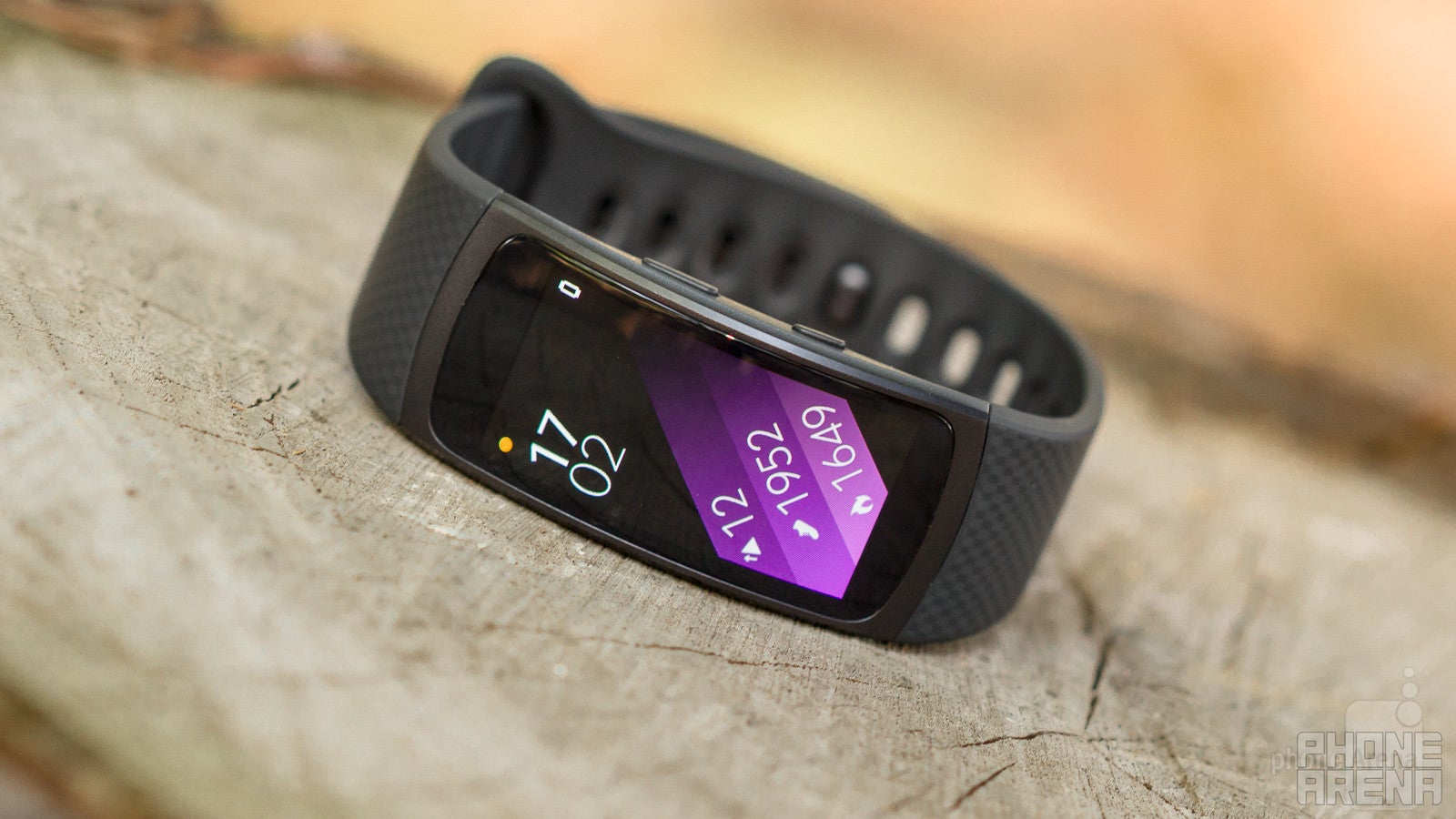
As mentioned, Samsung traded down the 1.84-inch display of the original Gear Fit for a smaller, but still perfectly adequate, 1.5-inch Curved Super AMOLED panel. In doing so, and having upped the resolution to 214 x 432 pixels, the image has visibly improved, with a density of 322 ppi (versus 245 ppi for its predecessor). Seeing as how you'll be mostly looking at the display from up close, this is more than sufficient for an extremely sharp image.
This being a fitness tracker, outdoor activity is assumed. Thankfully, the screen is bright enough for when you're trekking along a sunlit path, or comfortably dim for those midnight jogs.
Initial setup and compatibility
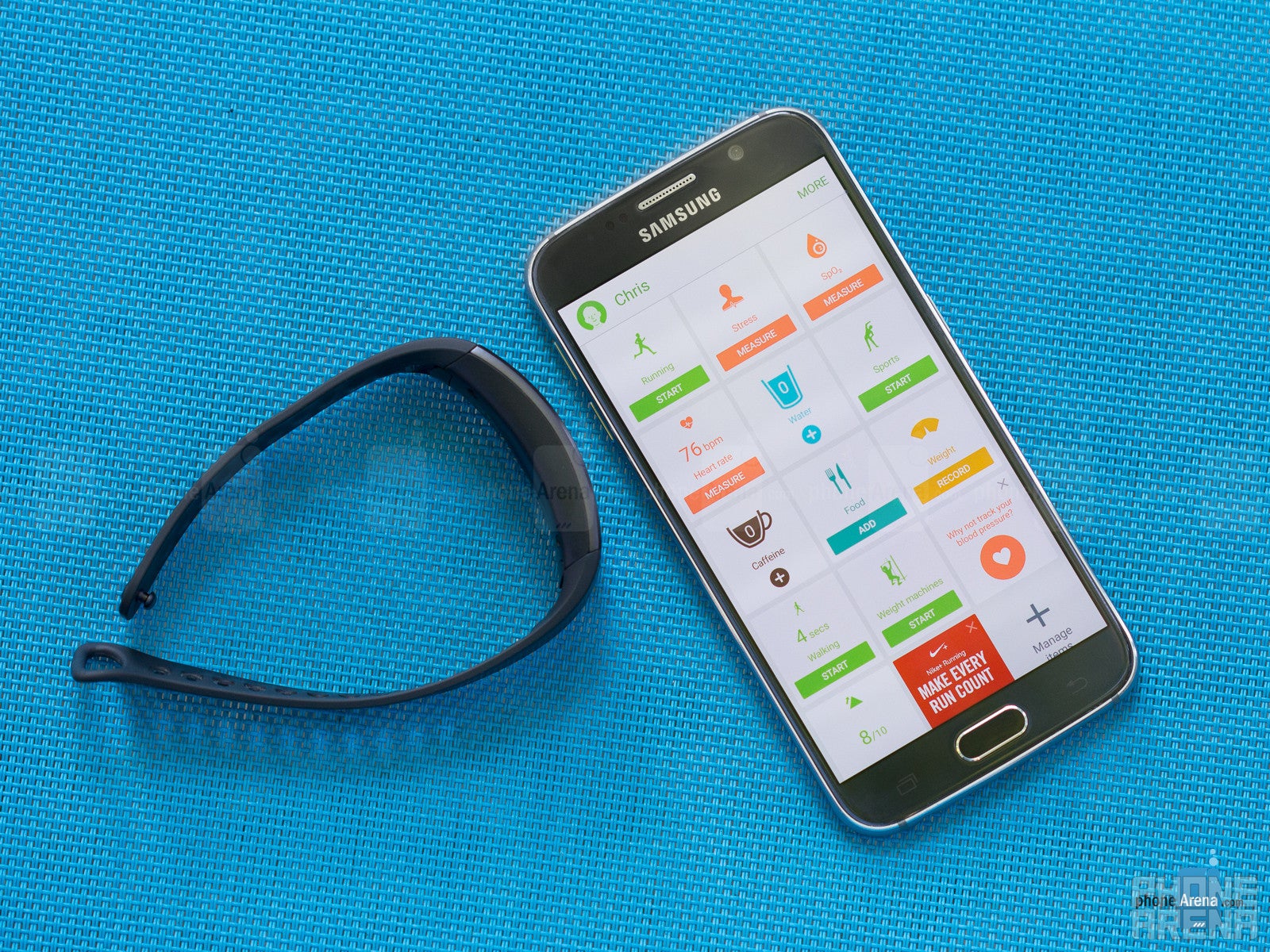
The Gear Fit 2 is compatible with all Samsung Galaxy smartphones that have more than 1.5GB of RAM and are running Android 4.3 and up. Non-Samsung devices with a minimum of 1.5GB of RAM and Android 4.4 can also be paired. Windows and iOS smartphones are not compatible.
Interface
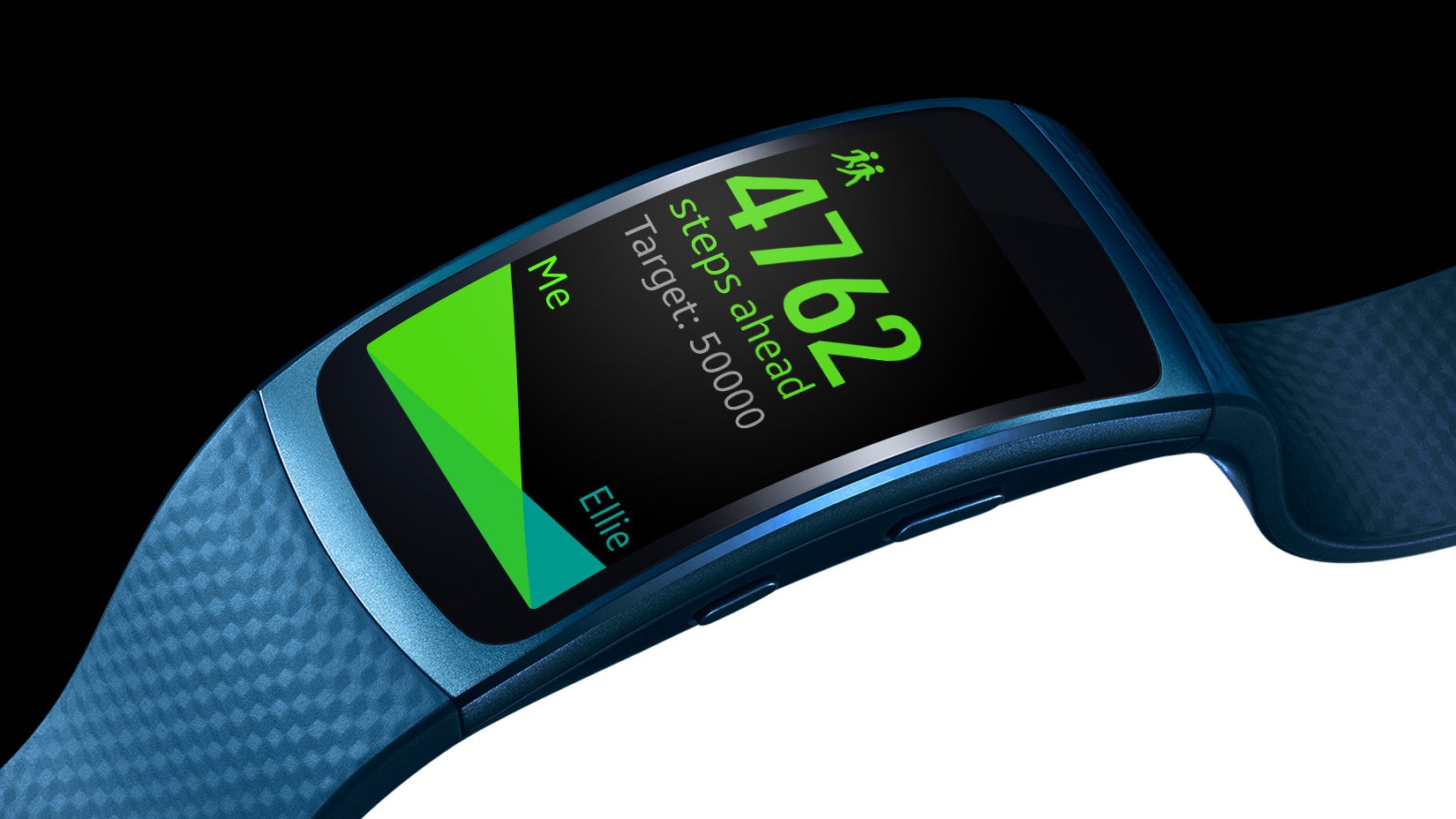
Thanks to the notably more powerful, dual-core processor on the inside of the Fit 2, Samsung was able to draw up a much more visually appealing and feature rich interface. Operation was buttery smooth in our time with the gadget, with navigational fluidity and load times leaving nothing to desire.
To get around the interface, you mostly use swipes and taps, but also the occasional button press on the side. Of these, there are two—the top (and larger) button sleeps and wakes the screen, while the bottom one provides a quick way into your app drawer. These are rather flat with the frame, and travel time is on the short side, so it still felt rather awkward using them even a week into the Fit 2. They get the job done, and will probably feel less annoying for people with less wrist hair—it tends to get into the way a lot.
Most fundamentally, the logic behind the interface is a lot alike to a smartphone's. You have multiple homescreens, which you can edit and re-order, containing various widgets such as your calories burned, steps taken, heart beat, and even things like water and/or coffee intake. The leftmost homescreen is where your notifications are stored—each of which a full version of what you get on your phone, sans photos and such. It felt pretty awesome wearing this lightweight computer on our wrists and checking incoming e-mail whilst relaxing and binge watching Stranger Things.
Health and exercise
The Gear Fit 2 shows you the time, and serves as a standalone notifications feed. Like a smartwatch. And like a smartwatch, it can also do stuff that ought to help with your regimen.
Standout features include the already mentioned step counter and calories burned, but also floors climbed (this one was surprisingly accurate, usually off by no more than a floor), and exercise profiles. Those include the usual, such as walking, running, and cycling, but also hiking, step machine, elliptical training, treadmill, lunges, yoga, and more. The idea behind these is to better understand what you're doing, and therefore provide a more educated guess at the kind of exertion you're going through, statistically speaking.
Since all of that data synchronizes with S Health (or another similar Health suite), you can track long-term progress. The Gear Fit 2 also provides a snapshot of your activity levels during each day, easily accessible through the 24 Hour Log app. Finally, for those of us sitting down at work, the Fit 2 will remind you to stand up every once and a while, helping you keep those artery juices flowing easily.
Battery life
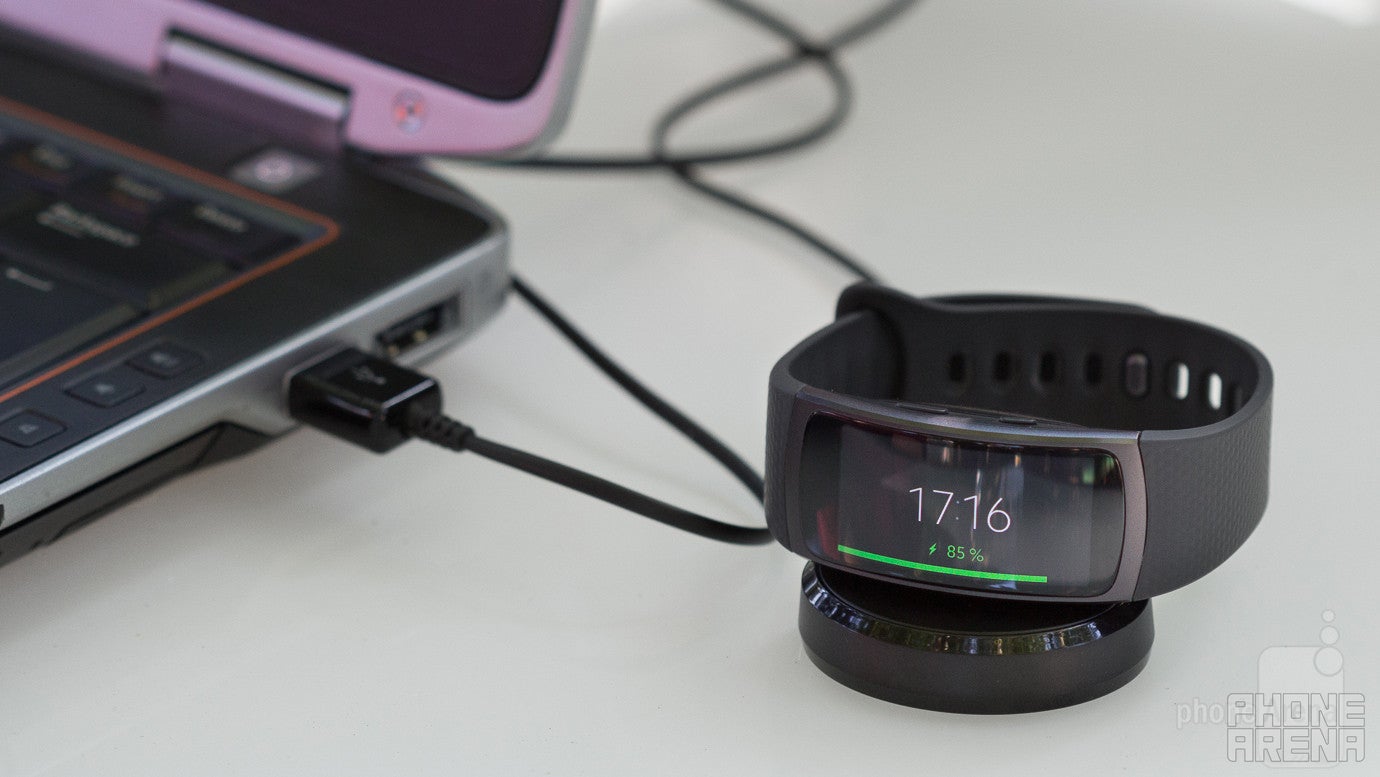
Samsung markets the Gear Fit 2 as capable of holding enough charge in its 200mAh cell for up to 3-4 days of usage. Standby time is rated at 5 days. Turn on the GPS when you exercise, however, and all of that goes down to hours—9, in Samsung's estimates.
In our time with the tracker, these figures feel adequate, but highly generous if you're looking to take full advantage of it. Even with GPS off, tracking your exercise will take a toll on the Fit 2, dropping its expected lifetime to about 2 days.
Thankfully, Samsung has included a special Power Saving feature with the gadget, one a lot alike to its Ultra Power Saving Mode for smartphones. When power is scarce, you'll be prompted to turn it on, effectively disabling most features of the thing (except exercise and time), and turning the interface to a single homescreen affair—and one completely in grayscale at that.
Once all out, charging happens with a magnetic dock that easily attracts the Fit 2 to it, keeping it in place, and serving as a nice bedside clock. Since the battery is so small, full recharge times are measured in minutes instead of hours, with the Fit 2 needing about 40 minutes or so.
Price and conclusion
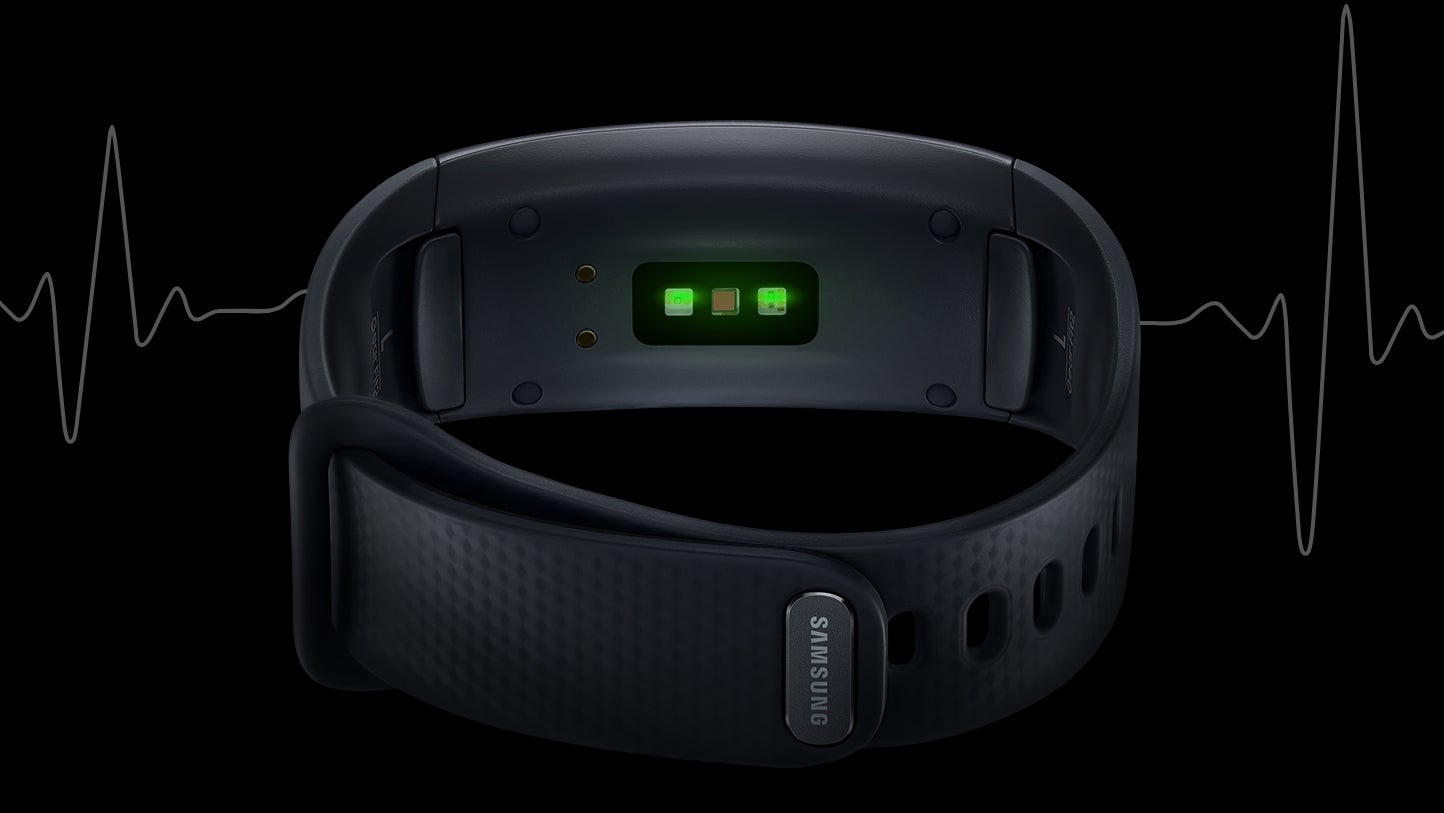
The Samsung Gear Fit 2 comes in Black, Blue, and dark Pink flavors, and costs $149.99 in the United States. For a lowdown fitness tracker/smatwatch cross-over from a major brand, the price sounds about right, though incumbents like Fitbit undercut the Fit 2 with the equally appealing Alta at $129.95.
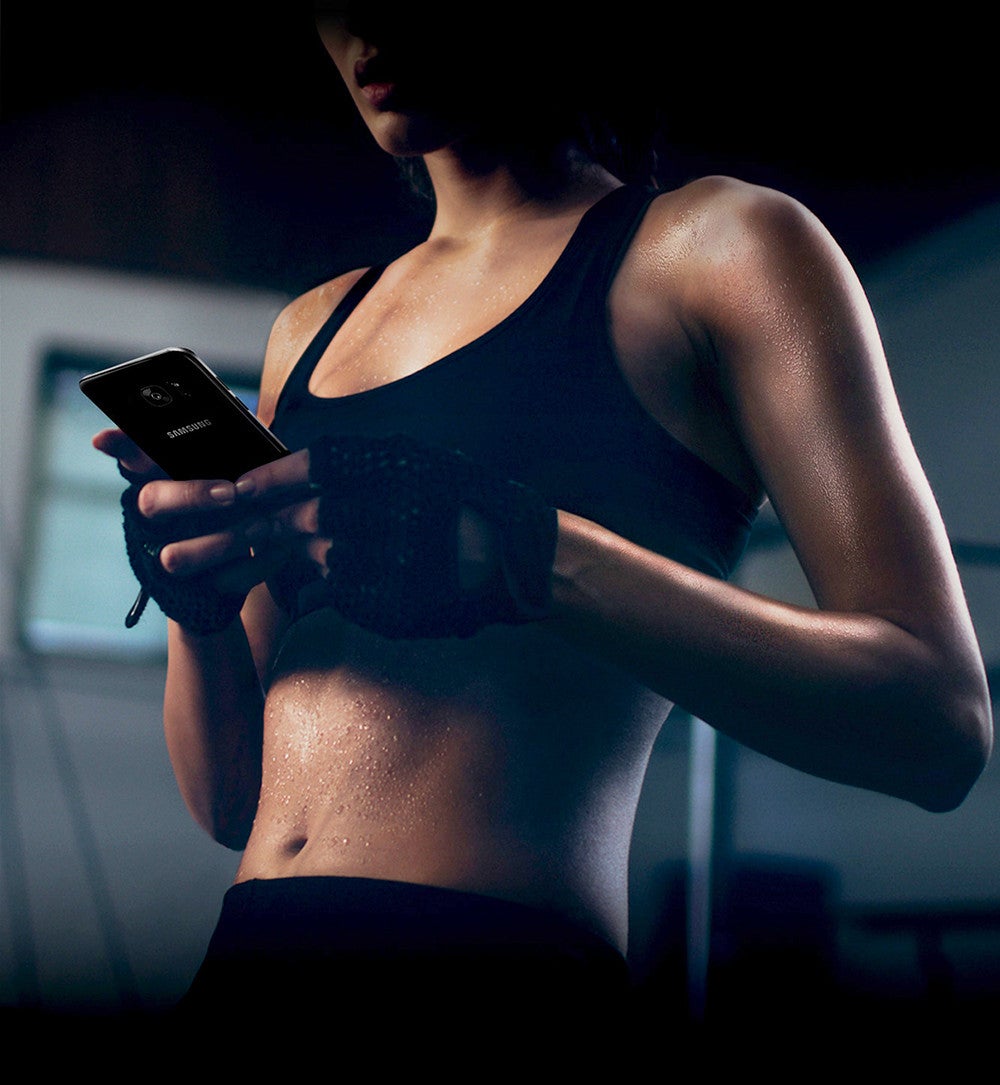
Ultimately, price is what kills the Fit 2's instant recommendation badge, as there isn't enough to warrant it, even if it is a major improvement over its predecessor. But what it does, it does very well, and that's not something to gloss over. Too often, the fundamentals—such as display quality, interface design and responsiveness, and even compatibility—are taken for granted by both buyers and sellers, both of which are looking for the best possible features-to-price ratio. That's not the case here, and with this in mind, we rate the Fit 2 favorably.
We'd be showering praise if Samsung brought it to market closer to the $99 tier, however—so watch out for sales and clearances.












Things that are NOT allowed: